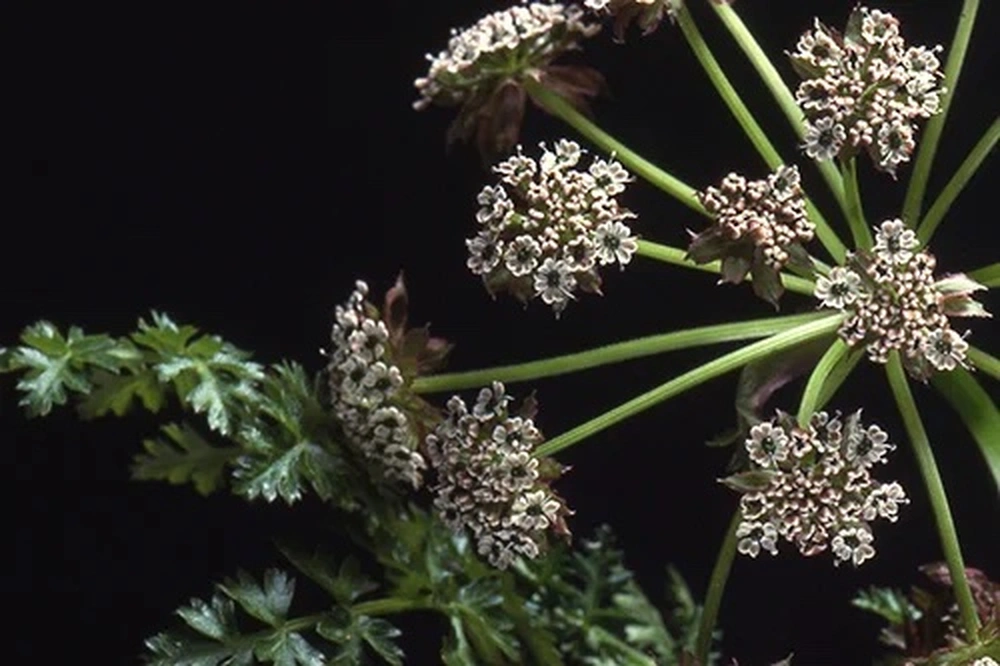
Researchers at the University of Illinois have contributed to a large-scale international study that has reconstructed a comprehensive "tree of life" for flowering plants. The study offers new light on the evolutionary history of angiosperms, which account for approximately 90 percent of all terrestrial plant species.
The study, published by Nature, involved 279 scientists worldwide who used 1.8 billion letters of genetic code from more than 9,500 species, or 60 percent of all flowering plant genera representing all 416 angiosperm families. They constructed an unprecedented DNA tree of life that grows understanding of the plants’ evolution, diversification, and adaption processes.
According to a release, the scientists decoded DNA sequences from more than 800 species that had never been sequenced before. The effort opened doors to potentially discovering new species and medicinal compounds as well as predicting how diseases and pests might affect plants in the future.
Stephen R. Downie, professor of plant biology at the U of I, said that his research team used material from herbarium and living collections and research knowledge of umbelliferous plants to contribute to the study, which was led by the Royal Botanic Gardens, Kew.

“The Apiaceae, commonly known as the celery, carrot, or parsley family, or simply as umbellifers in reference to their highly branched inflorescences, includes some 4,000 species and are distributed primarily in north temperate regions of the world,” Downie said. “The family includes many economically important food plants, flavorful aromatic herbs, and both medicinal and extremely poisonous members. Our team has provided a robust estimate of the evolutionary history of the family that has resulted in a modern classification for the group, elucidated its historical biogeography, and led to a better understanding of its biodiversity and how its attributes have changed through time.”
...